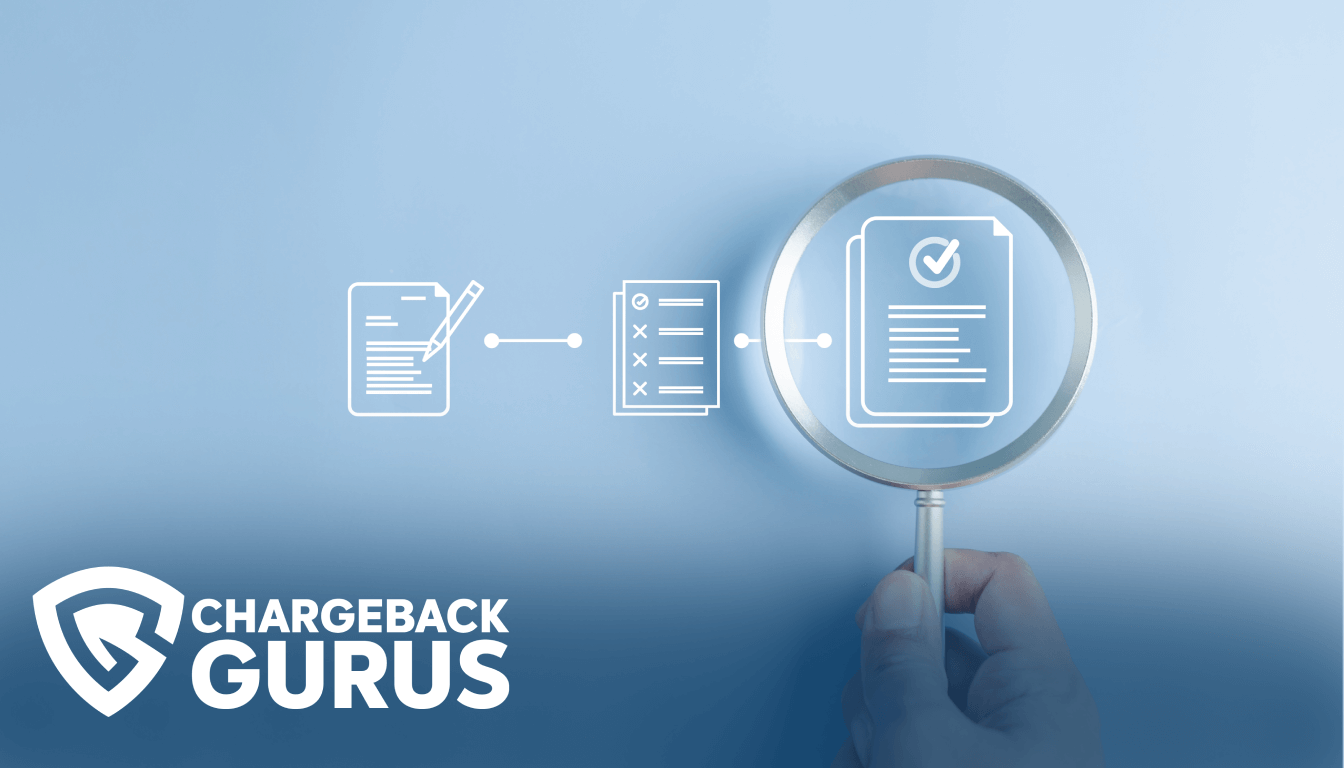American Express Chargeback Reason Code F29: Fraud

Table of Contents
- What is American Express chargeback reason code F29?
- What causes code F29 chargebacks?
- What's the time limit to respond to code F29 chargebacks?
- How can merchants fight code F29 chargebacks?
- How can merchants prevent code F29 chargebacks?
- About American Express chargeback reason codes
Merchants who receive a chargeback for a transaction placed with an American Express card may encounter reason code F29, which indicates an unauthorized transaction that the cardholder does not believe they should be responsible for paying. The actual underlying cause of this chargeback is typically true fraud or friendly fraud. Merchants who believe they have received an invalid chargeback under reason code F29 may be able to represent the transaction and reverse the chargeback with the right compelling evidence.
What is American Express chargeback reason code F29?
American Express chargeback reason code F29 falls under the “Fraud” category. The shorthand description is “Card Not Present.” This refers to a claim where the transaction processed was a mail order, telephone order, or internet order, and the cardholder states that they did not authorize or participate in the purchase.
Payment card fraud is often carried out in card-not-present environments, where there are fewer security features (such as EMV chip technology) that can be used to weed out fraudsters and block transactions that are not being initiated or authorized by the cardholder.
This reason code serves as a catch-all for the many incidents of fraud that may occur when merchants are processing transactions without a face-to-face interaction with the customer.
What causes code F29 chargebacks?
This type of chargeback often occurs when a fraudster obtains stolen payment card credentials, either through phishing, hacking or by simply purchasing stolen card numbers on the dark web. They then use that card information to make a purchase at an eCommerce store.
In a card-not-present environment, it can be difficult to disprove claims regarding fraudulent transactions.
This makes eCommerce and mail order merchants attractive targets for friendly fraudsters because the burden of proof is on the merchant, who must provide evidence showing that the cardholder knowingly made the purchase. Consequently, it is not uncommon to see this reason code attached to friendly fraud chargebacks.
What's the time limit to respond to code F29 chargebacks?
The acquirer or merchant has 20 days to respond to chargebacks filed under reason code F29.
How can merchants fight code F29 chargebacks?
In order to fight code F29 chargebacks, the merchant must prove that it was the cardholder who made the purchase. Records of customer authentication, delivery confirmation, or evidence the cardholder used the item they purchased can be key to these cases.
Certain Merchant Category Codes (MCC) have specific requirements for fighting these chargebacks.
If the chargeback includes the “Airline Transaction” modifier, your response must include at least one of the following:
- Proof that the cardholder or designated passenger participated in the flight (for example: a scanned boarding pass or flight manifest).
- Proof that frequent flyer miles were earned during the flight.
- Proof that the flight was still available during bankruptcy proceedings.
- Proof that additional purchases related to the original transaction were made (for example: seat upgrades, baggage fees, or in-flight purchases).
If your business has MCC 5815, 5816, 5817, or 5818, your chargeback response must include all of the following:
- Description of the goods or services purchased.
- Date and time of the purchase.
- Date and time any digital goods were downloaded.
- Customer name used for the account.
- Proof you own the operating system for the electronic device used in the transaction.
- Proof you used Address Verification Service (AVS) or card identification number (CID) verification to authenticate the card when the cardholder first linked it to the account.
How can merchants prevent code F29 chargebacks?
The best way to prevent code F29 chargebacks is to have effective fraud prevention measures in place, including multiple methods of authentication and up-to-date fraud prevention software.
The following best practices can help you avoid authorizing fraudulent transactions in the first place and put you on solid footing when you need to challenge a friendly fraud chargeback:
- Use AVS and CVV matching to screen out fraudsters.
- Use third-party fraud detection tools that step in before the sale is completed to verify the cardholder’s identity, detect potential criminal activity, and evaluate the risk of accepting an authorized transaction.
- Use billing descriptors that cardholders will easily recognize.
- Always submit an authorization request, no matter how small the transaction amount.
- Be sure to differentiate between card-not-present and card-present transactions during clearing by noting internet, phone, or mail orders.
About American Express chargeback reason codes
Reason codes are alphanumeric codes that provide the justification for granting a chargeback. Pursuant to the Fair Credit Billing Act of 1974, cardholders have the right to dispute unauthorized or erroneous charges, and issuing banks must reverse a disputed transaction if the cardholder’s claim is valid.
When a cardholder contacts their issuing bank to dispute a transaction and receive a chargeback, the dispute is assigned a reason code that most closely matches the substance of the cardholder’s claims. The reason code provides the merchant and other stakeholders in the dispute with a concise explanation for why a chargeback has been granted.
Each card network — Visa, Mastercard, American Express, and Discover — defines and maintains their own unique set of reason codes, which are applied to disputes by the banks that issue credit and debit cards under their brands.
As both a card network and an issuer, American Express specifies 34 reason codes under the categories of Fraud, Authorization, Processing Errors, Card Member Disputes, and Inquiry/Miscellaneous. Each American Express reason code consists of one or more letters, indicating the category, and a number that identifies the specific dispute reason.
Understanding chargeback reason codes is one of the most essential parts of effective chargeback management. Identifying the chargeback reason code and the evidence required to fight it is the first step in chargeback representment, and analyzing your chargeback reason codes can provide you with insights into what types of disputes are causing you the most trouble. With this information, you can determine the root causes of your chargebacks and take action to prevent them from reoccurring.


